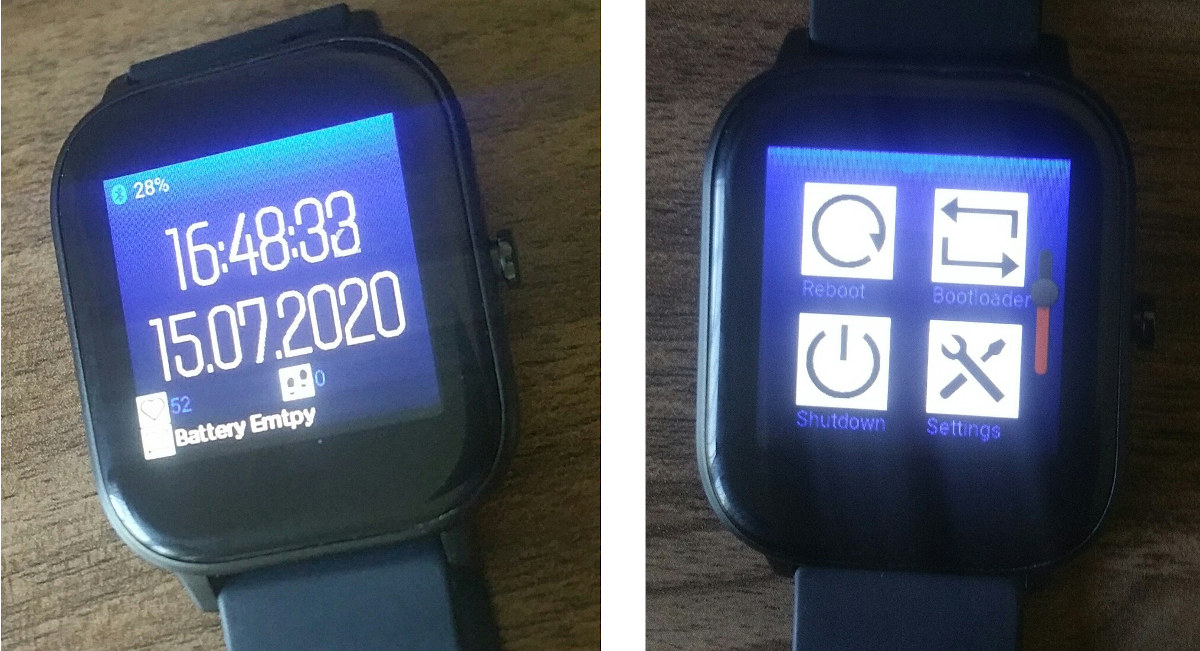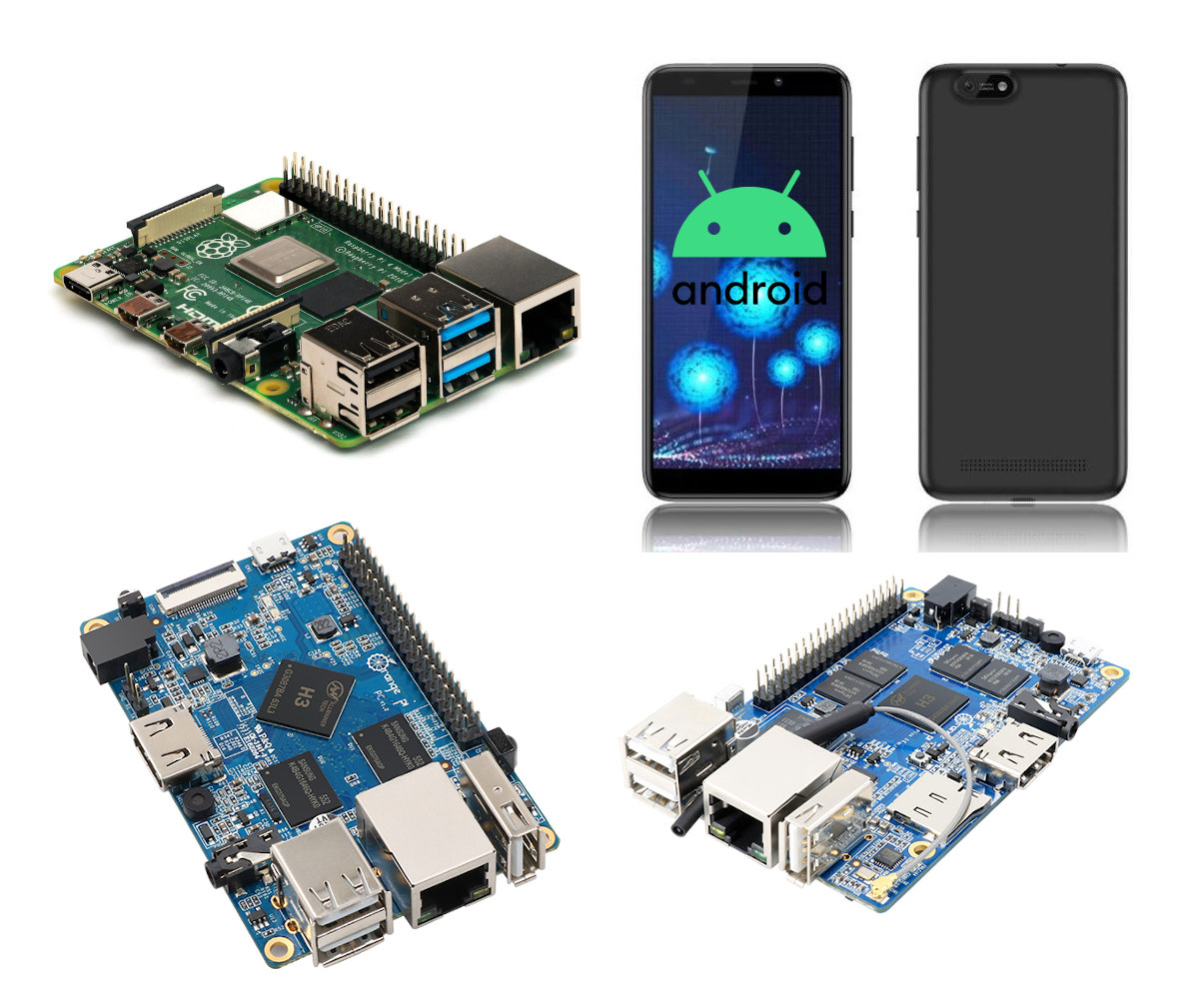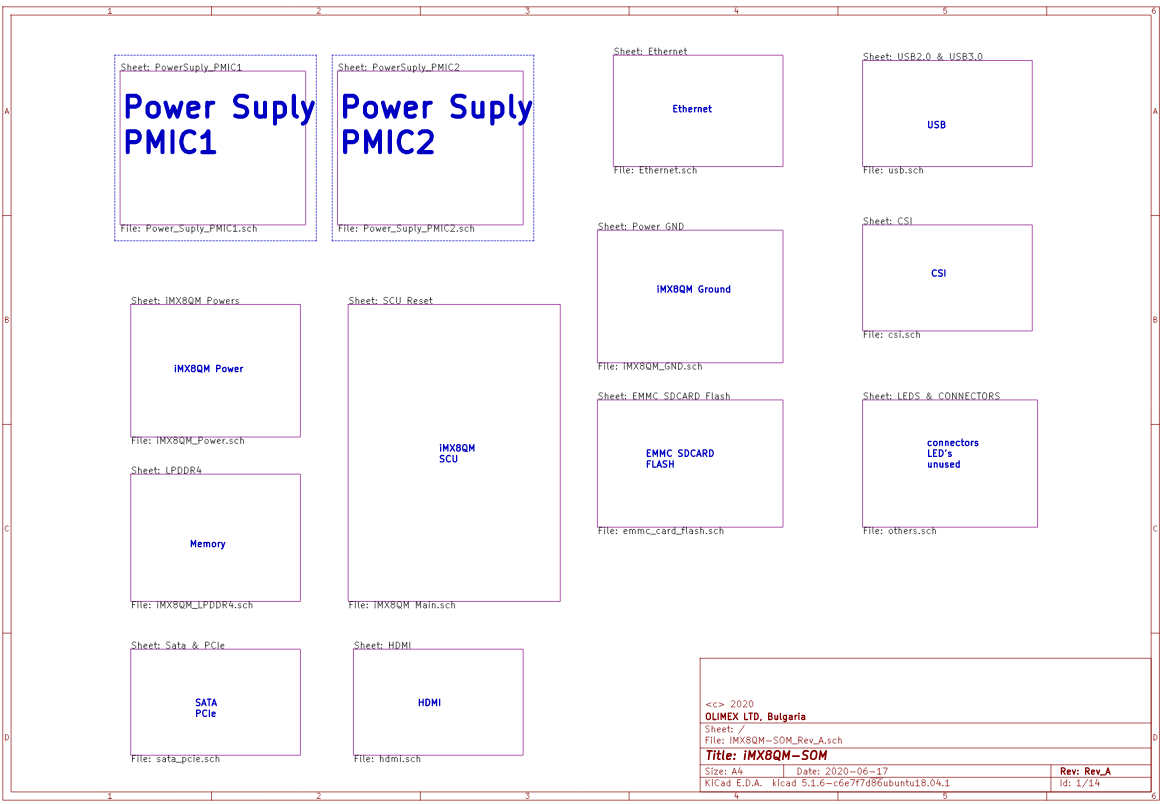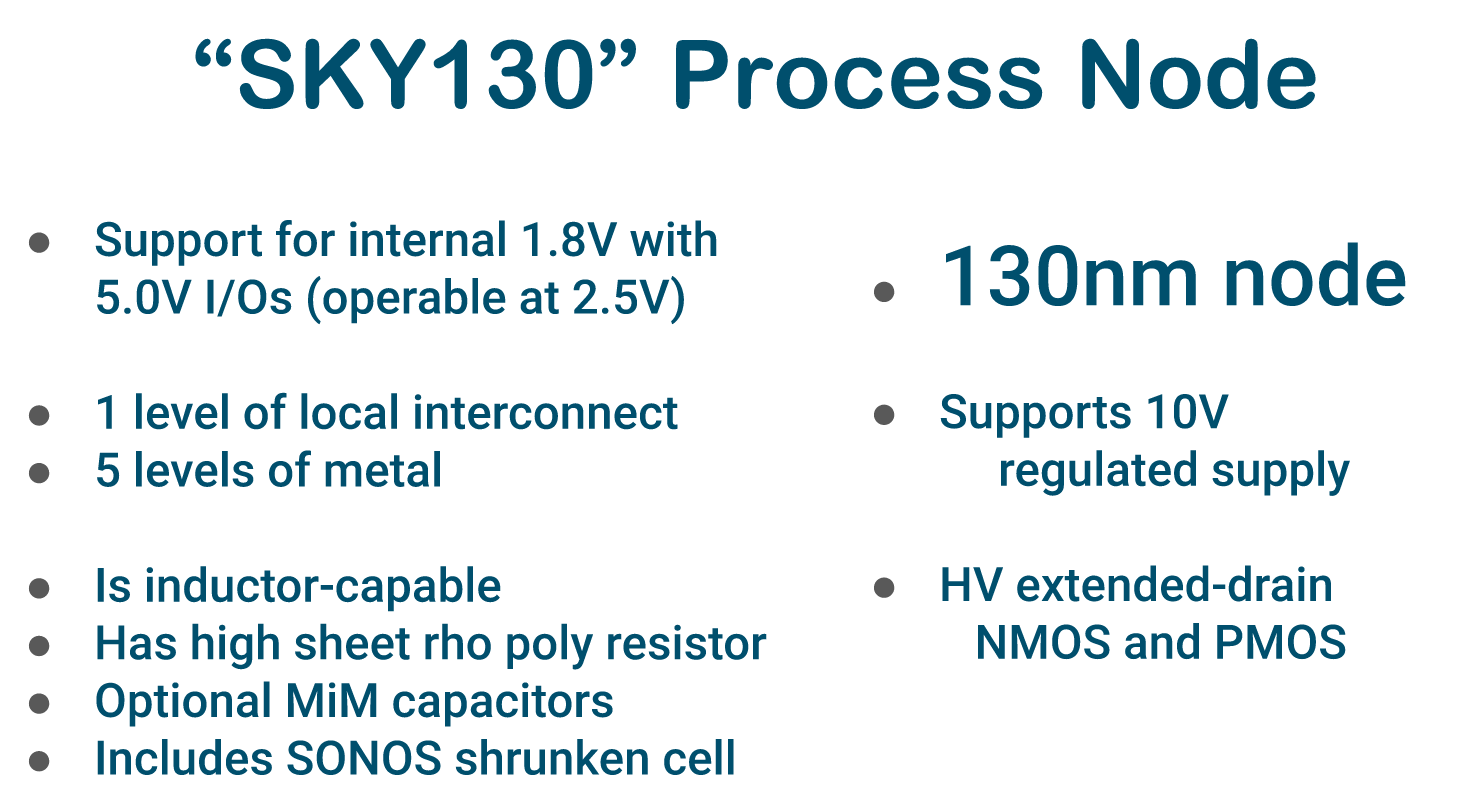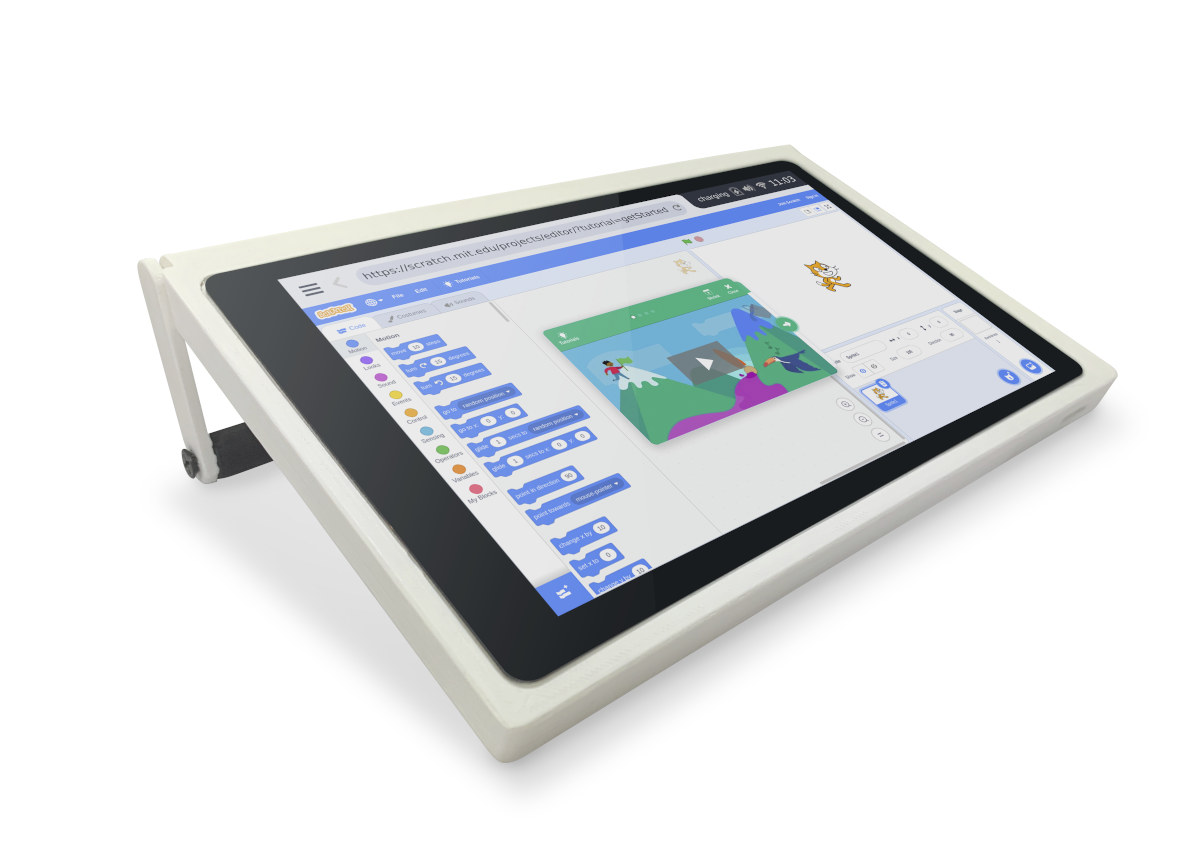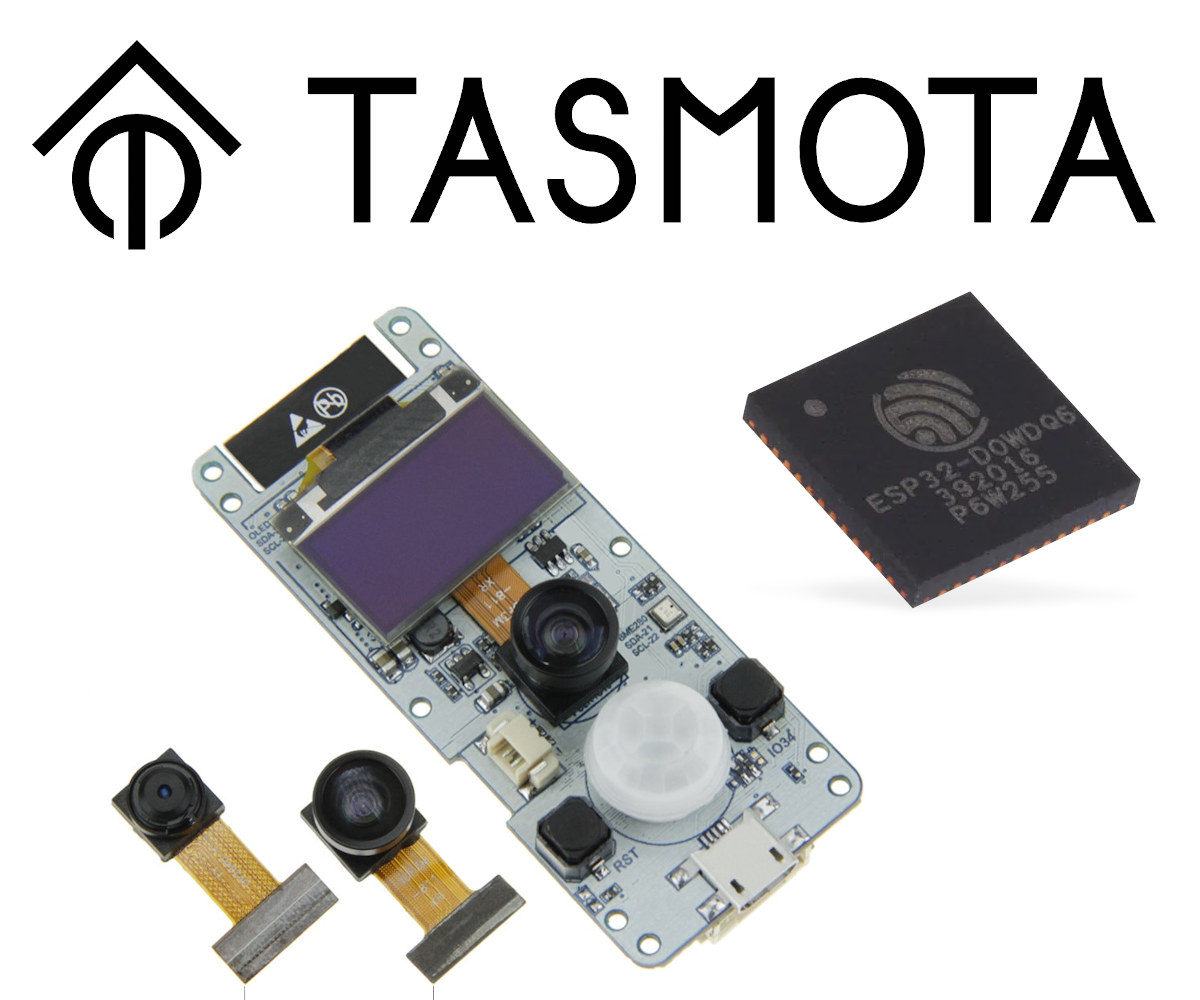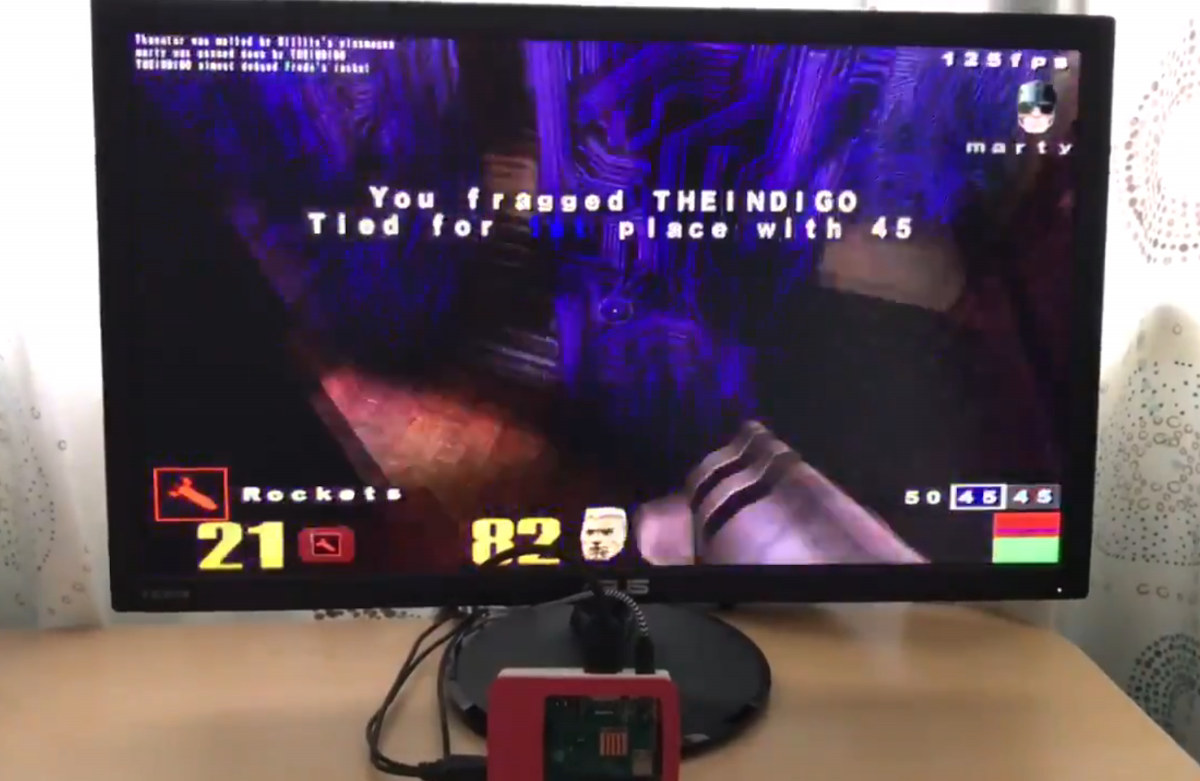Earlier this week, we wrote about fake heart rate sensors found in ultra-low-cost fitness trackers as reported by Aaron Christophel. It turns out he also maintains an open-source project specific to P8 watch, PineTime, and other smartwatches compatible with Da Fit Android app: ATCwatch Arduino firmware. The firmware provides a basic menu system, notifications, and the latest implementation enables direct HTTP or HTTPS GET requests to control IoT devices and get info from the Internet. The current firmware consumes about 150-200uA standby current, and last roughly 92 hours on a charge with heavy notification and usage. While it’s possible to connect an SWD St-Link V2 to flash the bootloader and firmware, it’s not necessary, as it’s possible to flash ATCwatch Arduino firmware without having to open the watch by using over-the-air update function with DaFlasherFiles for PineTime or P8 watch together with DaFlasher Android app. Once the update is done, […]
Pinephone “Community Edition: PostmarketOS” Launched with 3GB RAM, 32GB Flash, USB-C Hub
After PinePhone “BraveHeart Edition” with any OS pre-installed introduced at the end of last year, Pine64 launched PinePhone “Community Edition: UBports” with Ubuntu Touch last April, and now the company is taking pre-orders for Pinephone “Community Edition: PostmarketOS with Convergence Package”. Besides using a different operating system, the new PinePhone also got a hardware upgrade with 3GB RAM and 32GB flash instead of the 2GB/16GB configuration from earlier models. Due to the changes and the addition of a USB-C dock for convergence, the price has also gone up from $149.99 to $199.99 with shipping scheduled to start at the end of August. If you don’t need the extra memory, storage, and convergence package, you can still pre-order PinePhone with postmarketOS for $149.99. PinePhone “Community Edition: PostmarketOS with Convergence Package” specifications: SoC – Allwinner A64 quad-core Cortex-A53 processor @ up to 1.2 GHz with Arm Mali-400MP2 GPU System Memory – 3GB […]
GloDroid Brings Android 10 OS to Raspberry Pi 4, Orange Pi SBC’s, PinePhone, and PineTab
The community of developers working on software for single board computers often prefer to focus on Linux support, as companies will often provide Android firmware images. But those Android OS images are often not maintained at all, so we’ve seen some projects like the past such as H3droid bringing a better Android OS to Allwinner H3 and H2+ boards and devices. The project is still using Android 4.4 KitKat and that’s getting old with some apps like the latest version of Kodi not working anymore. But a new project has just been brought to my attention with GloDroid leveraging AOSP to bring Android 10 to various Allwinner based boards and platforms, as well as Raspberry Pi 4B. List of supported Allwinner hardware: Allwinner H3 (32-bit) based – Orange Pi Plus 2 SBC, Orange Pi Plus 2E board, Orange Pi PC Allwinner H5 (64-bit) based – Orange Pi Prime, Orange Pi […]
Ignitial Tukhla High-End Open Source Hardware NXP i.MX 8QuadMax SBC in the Works
[Update: The European company that initiated the project is Ignitial based in the west of France. So while we refer to the board as Olimex Tukhla in the post, it will be offered as Ignitial Tukhla once it becomes available] Most open-source hardware Arm Linux SBCs are optimized for cost, and there are few higher-end boards with extensive connectivity designed for professionals. Beagleboard X15 would be one of the rare examples currently available on the market, but it was launched five years ago. One European company noticed the void in this market and asked Olimex to develop a high-end open-source Linux board with a well-documented processor. They ruled out RK3399, and instead went Olimex Tukhla SBC will be powered by NXP i.MX 8QuadMax, the top processor of i.MX 8 family with two Cortex-A72 cores, four Cortex-A53 cores, and two real-time Cortex-M4F cores. As you can see from the screenshot above, […]
Design an Open-Source SoC with Google SkyWater PDK, Get It Manufactured for Free
With open ISAs like RISC-V, it’s become easier – provided you have the skills – to develop or customize your own SoC using RTL files, compile it with EDA tools, and run the resulting bitstream on an FPGA. But if you ever wanted to get an actual chip that would become more complex, as you’d need to request a process design kit (PDK) from a foundry, and pay for the manufacturing cost, which amounts to at least several thousand dollars for older process nodes. But the FOSSi (Free and Open Source Silicon) Foundation has good news with Tim Ansell of Google announcing the SkyWater PDK, the first manufacturable, open-source process design kit. There are other open-source PDKs, but they aren’t manufacturable and/or only support older 0.35/0.5 micron nodes. The SkyWater PDK allows you to produce chips with the SkyWater foundry in the 130nm node. That’s a big improvement since you […]
CutiePi Raspberry Pi CM3+ Lite based Tablet Launched on Kickstarter
Raspberry Pi Compute Module 3+ Lite based CutiePi open-source tablet has been in the making for well over a year, and the company has made enough progress to launch a Kickstarter campaign with the Raspberry Pi tablet offered for $169 and up. CutiePi specifications: SoM – Raspberry Pi Compute Module 3+ Lite with Broadcom BCM2837 quad-core Cortex-A53 processor and 1GB RAM Storage – MicroSD card slot Display – 8-inch 5-point multi-touch display with 1280×800 resolution Video Output – Micro HDMI Audio – 2W 8Ohm speaker Camera – 5MP front-facing camera Connectivity – WLAN 802.11 b/g/n WiFi 4 and Bluetooth 4.0 (RTL8723BS) USB – 1x USB type-A port Expansion – 6x GPIO pins Sensor – Gyroscope Misc – Handle that doubles as a stand Battery – 5,000 mAh Li-Po battery Power Supply – 5V via USB Type-C port; STM32 MCU handles power management and battery level monitoring Dimensions – 213 x […]
TASMOTA Now Supports ESP32 Targets including some Ethernet and Camera Boards
TASMOTA now supports ESP32. The open-source firmware was initially designed for ESP8266 and ESP8285 based Sonoff home automation devices providing an alternative to eWelink firmware with support for MQTT protocol allowing integration with home automation frameworks like Domoticz or openHAB. It has since then expanded to support hardware from various brands, but until recently you were still limited to products with ESP8266 or ESP8285, and the good news is that TASMOTA has now gotten experimental support for ESP32 boards and products such as TTGO T-Camera. You’ll find basic documentation and well as Tasmota ESP32 (aka Tasmota32) firmware files for LilyGO TTGO T-Camera board, displays, and I2C sensor on Tasmota Github.io website. The ESP32 port is based on Jörg Schüler-Maroldt’s work. PuceBacoon also found other ESP32 boards in the source code including Olimex ESP32-PoE board in xdrv_82_ethernet.ino file and “AI Thinker” cameras in xdrv_81_webcam.ino. If you’d like to give it a […]
Raspberry Pi VideoCore IV Boards Get an Unofficial Vulkan Driver Good Enough to Play Quake 3
The Raspberry Pi Foundation is collaborating with Igalia to work on everything related to graphics support for VideoCore VI GPU found in Raspberry Pi 4’s Broadcom BCM2711 SoC. This lead to OpenGL ES 3.1 conformance at the beginning of the year, and good progress with Raspberry Pi 4 Vulkan support. There’s no plan to work on an official Vulkan driver for earlier Raspberry Pi boards with VideoCore IV GPU, but since the Raspberry Pi Foundation released open-source VideoCore IV driver and documentation several years ago, it’s, in theory, possible for skilled developers to improve on it. That’s exactly what Martin Thomas, an NVIDIA engineer, has done in his spare time, and after two years of work, a Vulkan driver for Raspberry Pi VideoCore IV board – RPi-VK-Driver – has been released on Github. Pi-VK-Driver implements a subset of the Vulkan, and since it is not fully conformant to the standard […]


